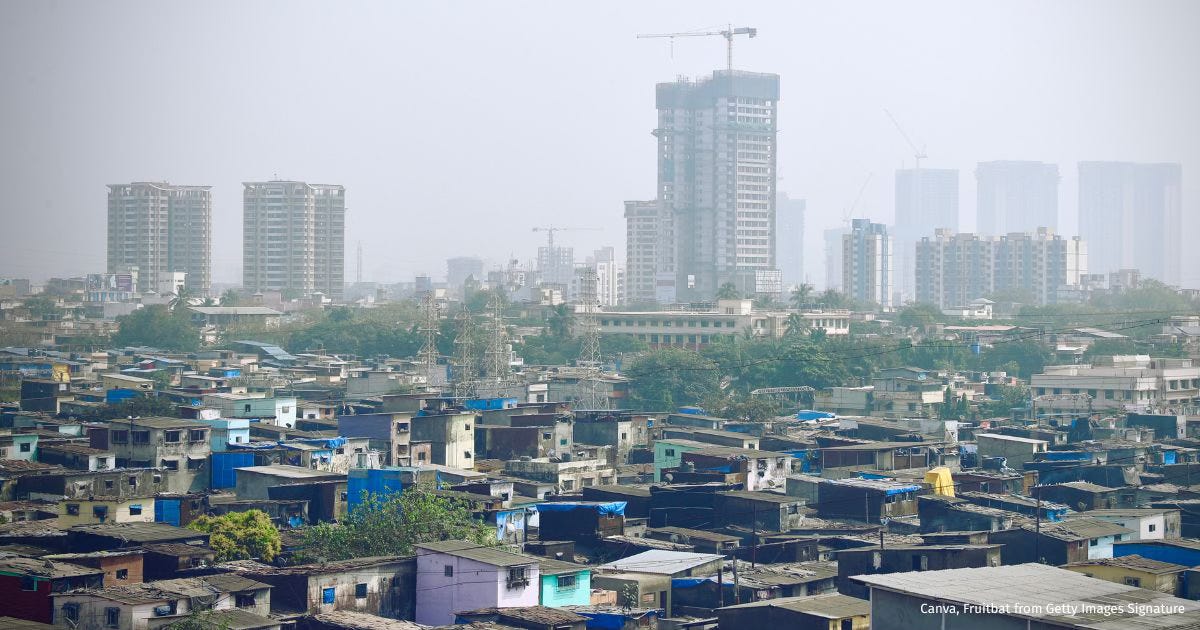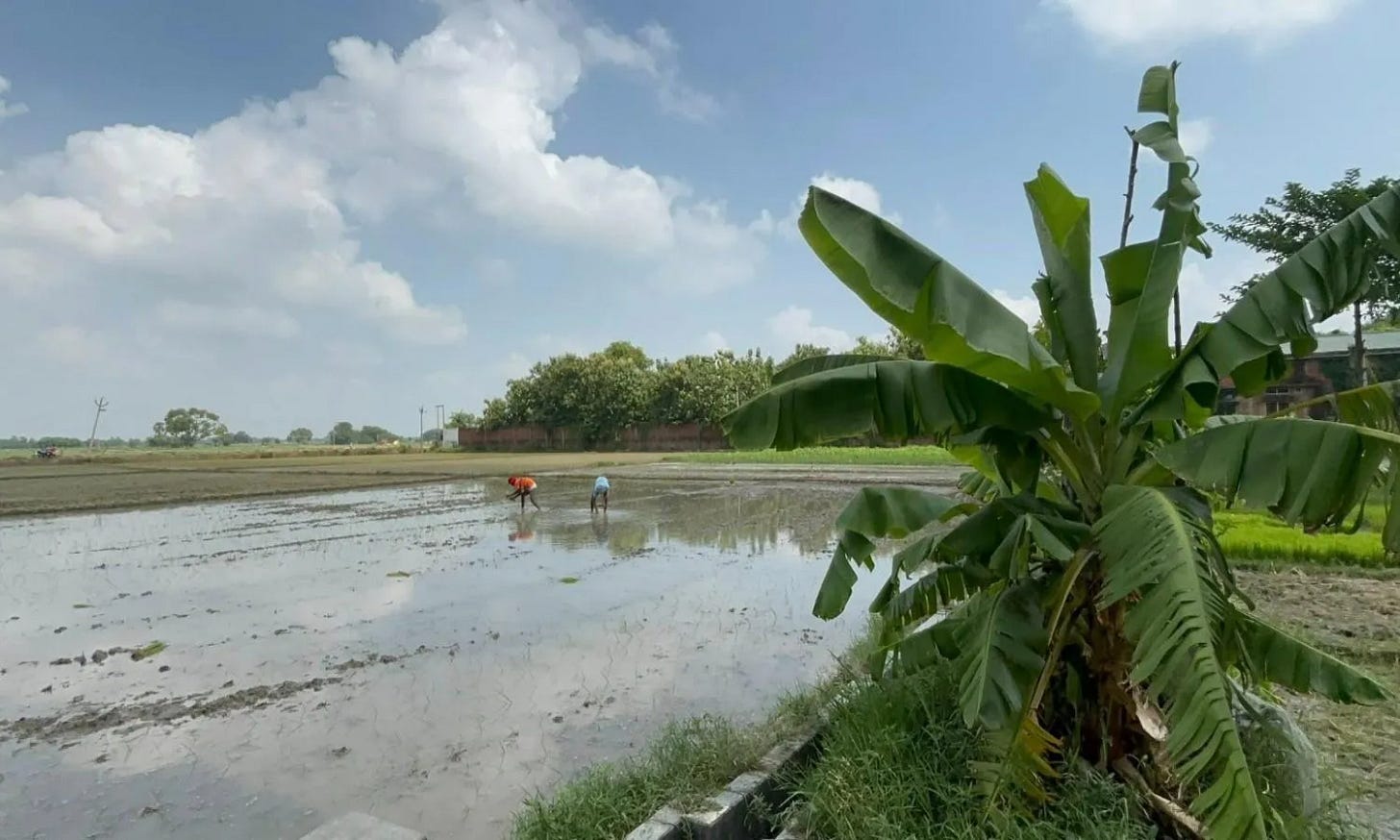The Inequality Puzzle
This week, explaining India's income and consumption inequality, the mental health crisis in India's prisons, and UP's uneven monsoon experience
This week on IndiaSpend, we unpack three stories of inequality: economic, institutional, and ecological.
While new data suggests that India’s consumption gap is narrowing, income inequality tells a very different story. Meanwhile, inside our prisons, the mental health crisis is more severe than official records admit, with too few professionals and too little care. And out in the fields, the erratic monsoon has split Uttar Pradesh in two, with the eastern districts struggling with drought-like conditions while Bundelkhand faces the challenge of too much rain.
Why Income and Consumption Tell Different Stories
India may look more equal on paper, but that depends on what you’re measuring. A new World Bank analysis shows that the country’s consumption-based Gini coefficient — a key measure of inequality — has dipped from 28.8 in 2011-12 to 25.5 in 2022-23. This suggests a narrowing gap between high and low spenders, but here’s the catch: the data doesn’t reflect rising income inequality, which is sharper than ever.
Using tax-return data, the World Inequality Database pegs India’s income Gini at 61 in 2023, up from 51 in 2004. Economists point to blind spots in both surveys: the poorest and richest households tend to fall through the cracks. What emerges is a tale of two Indias: one where consumption seems steadier, and another where the richest 10% rake in nearly 58% of national income. Our explainer unpacks how inequality is measured, why estimates vary, and what’s missing from the official picture. By Nushaiba Iqbal
A Crisis Hidden in Plain Sight
India’s prisons are in the grip of a deepening mental health crisis, one that’s far worse than the already bleak official numbers suggest. Nearly 9,100 inmates were recorded as mentally ill in 2022, just 1.6% of the prison population. But independent studies put the real prevalence as high as 80% in some jails. Suicides accounted for 75% of all unnatural deaths in 2022, with prisoners taking their lives at rates nearly double the national average.
Meanwhile, a staggering 67% of sanctioned posts for psychologists and psychiatrists remain vacant — 25 states haven’t sanctioned even one. The situation is especially dire for undertrials, women, and those from marginalised communities. Most jails don’t screen inmates properly, don’t follow national or international mental health guidelines, and have little to no preventive care. This week’s deep-dive by Shreehari Paliath lays bare the scale of the crisis, the systemic neglect, and what’s urgently needed to change course.
Monsoon Misfires In East UP, Farmers Left High and Dry
In eastern Uttar Pradesh, farmers like Gurdeep Singh in Pilibhit are watching the skies with growing despair. The monsoon is faltering in large swathes of the state: eight districts, including Deoria and Ghaziabad, have seen rainfall deficits of up to 99% between June and late July. With transplanting delayed and fields parched, the state’s kharif sowing is well behind schedule. Only 65% of planned paddy transplantation has taken place so far, and other crops like bajra and moong are even worse off.
In sharp contrast, Bundelkhand has seen unusually heavy rain this year, up to 150% above normal in places like Lalitpur, filling up dams and flooding fields. This bounty comes with its own set of problems: excess rain in water-scarce zones, drought-like conditions in paddy belts, and growing anxiety as the July 31 threshold looms for declaring drought-hit districts. For IndiaSpend Hindi, a ground report by Mithilesh Dhar Dubey
Until next week, when we will be back to measure what matters, and what gets left out -- stay curious, stay safe.





